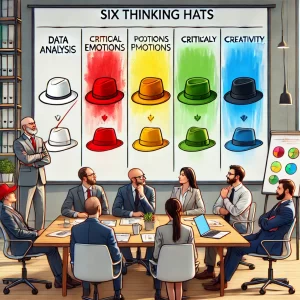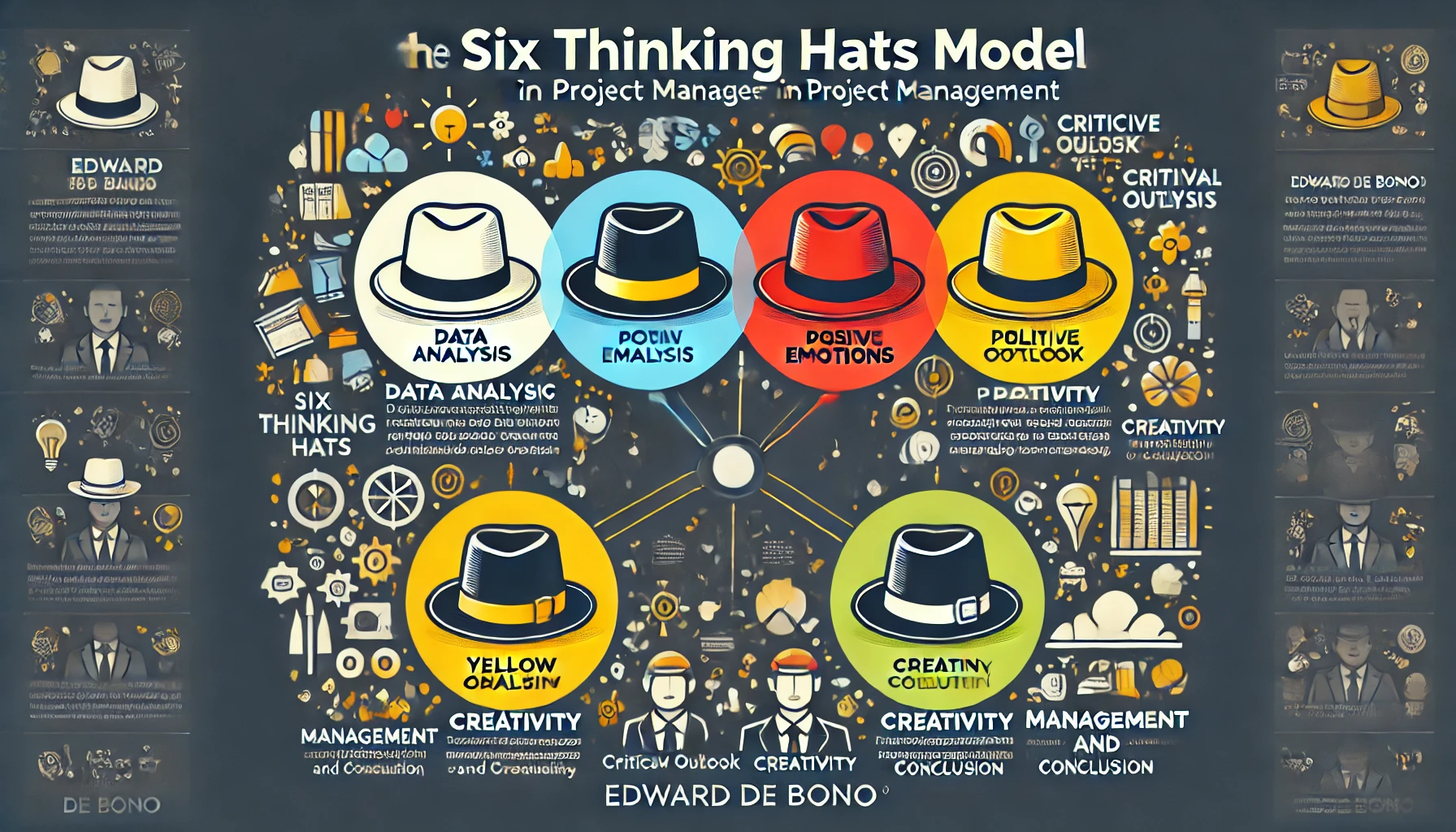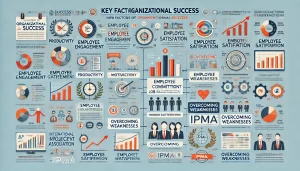 The Six Thinking Hats Model: A Soft Skill for Project Managers
The Six Thinking Hats Model: A Soft Skill for Project Managers
Managing Tense Meetings in Projects
In one particularly tense meeting between the contractor and the client, emotions were running high. The contractor was frustrated with the client’s feedback on a submitted claim. Meanwhile, the client believed the contractor had been attempting to change the initial agreements from the very beginning. At that critical moment, the project manager representing the client entered the room and swiftly took control of the situation.
Effective Management in Crisis Situations
To handle the conflict constructively, the project manager applied one of the most effective tools in crisis management: Edward de Bono’s Six Thinking Hats model. He drew six colored hats—white, red, yellow, black, green, and blue—on the whiteboard. Then, he explained that each hat symbolizes a unique style of thinking:
-
White Hat (Data and Facts): Focuses purely on objective information, without personal opinion.
-
Red Hat (Emotions): Expresses emotional responses and gut feelings, without logical justification.
-
Yellow Hat (Optimism): Highlights the positive and constructive aspects of the situation.
-
Black Hat (Critical Judgment): Identifies risks, obstacles, and potential weaknesses logically.
-
Green Hat (Creativity): Encourages innovative thinking and alternative ideas, no matter how unusual.
-
Blue Hat (Process Control): Oversees the thinking process and ensures effective conclusion and summary.
Impact on Organizational Productivity
As a result of this structured method, the project manager managed to shift the focus from tension to problem-solving. In addition, the team engaged in meaningful discussion without personal confrontation. This example shows how Six Thinking Hats in project management can serve as a powerful tool for handling high-stakes interactions. Moreover, the model helps teams:
-
Share diverse perspectives in a well-structured format.
-
Make data-based, thoughtful decisions.
-
Collaborate more effectively, thus enhancing productivity.
The Project Manager’s Role in Organizational Success
Possessing this kind of soft skill gives project managers a clear advantage. They can not only manage group dynamics but also create a space for fair participation. Furthermore, applying Six Thinking Hats in project management helps identify team members with leadership potential. Consequently, this boosts both individual and organizational growth.
Conclusion
Ultimately, the Six Thinking Hats in project management approach demonstrates that well-structured thinking tools can transform even the most difficult meetings into productive discussions. It improves decision-making, strengthens teamwork, and plays a key role in driving success within organizations.




